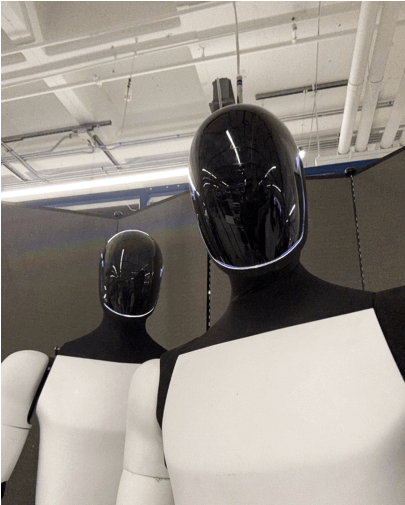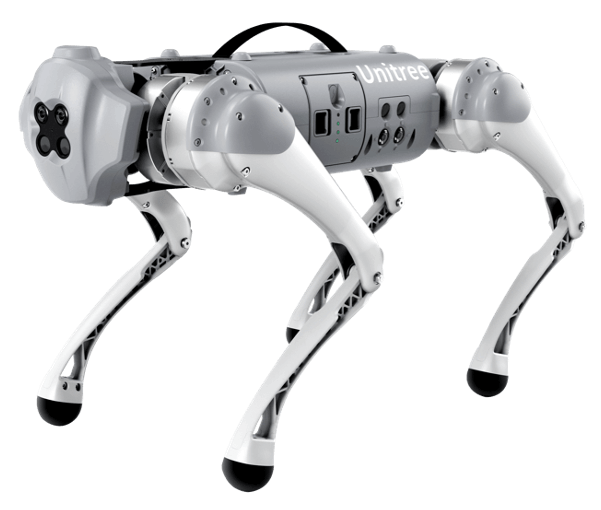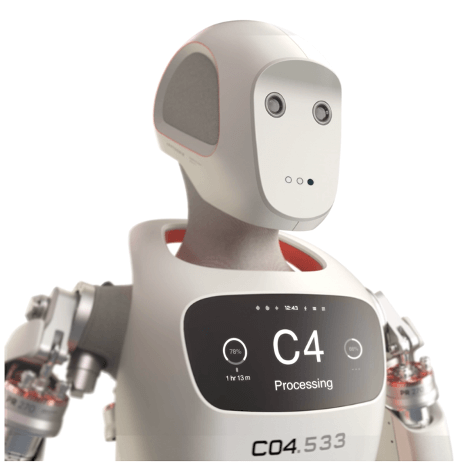They promised us a future of helpful humanoids.
They forgot to mention they might be watching.
For years, personal robots felt just out of reach. U.S. and European humanoids came with heavy price tags, ranging from $50,000 to $250,000. Even Tesla’s sleek Optimus, announced at $25,000, is still locked behind corporate walls, reserved only for internal use.
But now, the price barrier has officially been broken.
And it’s China—not Silicon Valley—that made it happen.

🤖 Unitree R1: The $5,900 Game-Changer
Last week, Chinese robotics firm Unitree launched its R1 humanoid robot—a fully functional, AI-powered machine priced at just $5,900.
Yes, that’s cheaper than many road bikes or high-end camera setups.
The R1 isn’t just affordable—it’s capable. It responds to voice commands, executes tai chi routines, and even flips through a cartwheel if asked. It’s built with a multimodal language model, meaning it can understand natural speech and react in real-time.
The move is bold, but not random. It came just days after Unitree filed documents for a future IPO. They’re not just releasing a robot—they’re launching a global takeover strategy.
(Related: The Robot Now Delivers Your Amazon Package)
While Tesla hoards Optimus units and Figure AI courts industrial contracts, Unitree has kicked open the consumer market. It’s now possible for developers, universities, and even tech-savvy hobbyists to own a humanoid.
The R1 isn’t as strong as industrial robots. It doesn’t come with hands—just nubs. But not every application needs warehouse muscle. The goal here is ubiquity, not perfection.

Unitree’s Go1 Robodog | Source: Unitree
🌍 The Real Strategy: Seeding a Global Platform
Unitree’s playbook is familiar and innovative.
They’re offering the R1 as a development platform, similar to how NVIDIA popularized its GPUs by giving away SDKs and tools to engineers and students. Get people building on your hardware, and future upgrades sell themselves.
Want fingers for your R1? That’s $5,200 per hand. Want a faster computing module? Just add it on.
This strategy could supercharge the robotics ecosystem. And it aligns perfectly with the broader trend of industrial AI integration, where robots and automation are reshaping entire industries—from manufacturing to logistics to healthcare. (See: How Siemens Powers Industrial AI)
In the age of artificial intelligence, hardware is no longer the bottleneck. The real race is about who owns the platform—and the data.

🛑 But There’s a Hidden Cost
Not everything about the R1 is rosy.
Earlier this year, cybersecurity researchers found an undocumented backdoor in Unitree’s Go1 Robodog. It streamed video and data back to China—and allowed remote access from anywhere in the world.
Yes, remote control. From Beijing.
Unitree claims the backdoor was removed. But how can anyone verify that?
Now imagine millions of R1s deployed in classrooms, offices, warehouses, and homes. Each unit is equipped with HD cameras, microphones, and motion sensors—all potentially connected to a hidden surveillance network.
That’s no longer science fiction. That’s a national security threat.
In response, U.S. lawmakers are pushing to add Unitree to the Commerce Department’s Entity List. Restrictions are also being proposed to ban its products from sensitive government facilities and critical infrastructure zones.
Because if we’ve learned anything from the Huawei saga, or the recent backdoors found in DeepSeek’s LLMs, it’s this: cheap AI isn’t always clean AI.
🧠 Robots in the Workforce, Eyes on the World
These AI models aren’t just a price war.
It’s a platform war. And it goes far beyond humanoids doing backflips.
Western players like Figure AI, Tesla, Apptronik, and Agility Robotics are racing to commercialize robots for logistics and industry. But their focus is still on enterprise use cases with premium pricing models.
(Related: The Dawn of AI-Driven Labor: Humanoids in the Workforce)
Unitree, meanwhile, has gone straight for the grassroots. By making R1 accessible to anyone with $6,000 and an internet connection, they’re flooding the global dev pool with their hardware.
It’s a risky bet—and a powerful one.
Think of the R1 as an iPhone in 2007. It’s basic. But it’s programmable. And it’s everywhere.
And if you control the software layer?
You control what that robot sees, hears, and learns.
📊 Humanoid Robotics Price Snapshot
Robot Manufacturer Starting Price Target Use Case
R1 Unitree (China) $5,900 Development, consumer access
G1 Unitree $16,000 Rugged use, education
Optimus (not public) Tesla (USA) $25,000 est. Internal use only (for now)
Apollo Apptronik (USA) $45K–$50K Enterprise robotics
02 Figure AI (USA) $50,000 Warehouse & logistics
Walker S UBTech (China) $100,000 Premium humanoid assistant
Digit Agility Robotics $250,000 RaaS model (robot-as-a-service)
🧩 Final Thought: Not Just Watching—Learning
In today’s world, AI isn’t just solving tasks. It’s watching, listening, and learning.
When humanoids enter our public and private spaces, the line between assistance and surveillance becomes razor-thin.
Yes, $5,900 is a revolutionary price for a robot.
But what’s the real cost?
With a friendly face and flexible joints, the R1 is more than a machine.
It’s a mobile sensor array.
And if it’s reporting home, we may all be actors in the most extensive real-world surveillance system ever assembled.
Eyes everywhere.
And now, they’re watching you.
